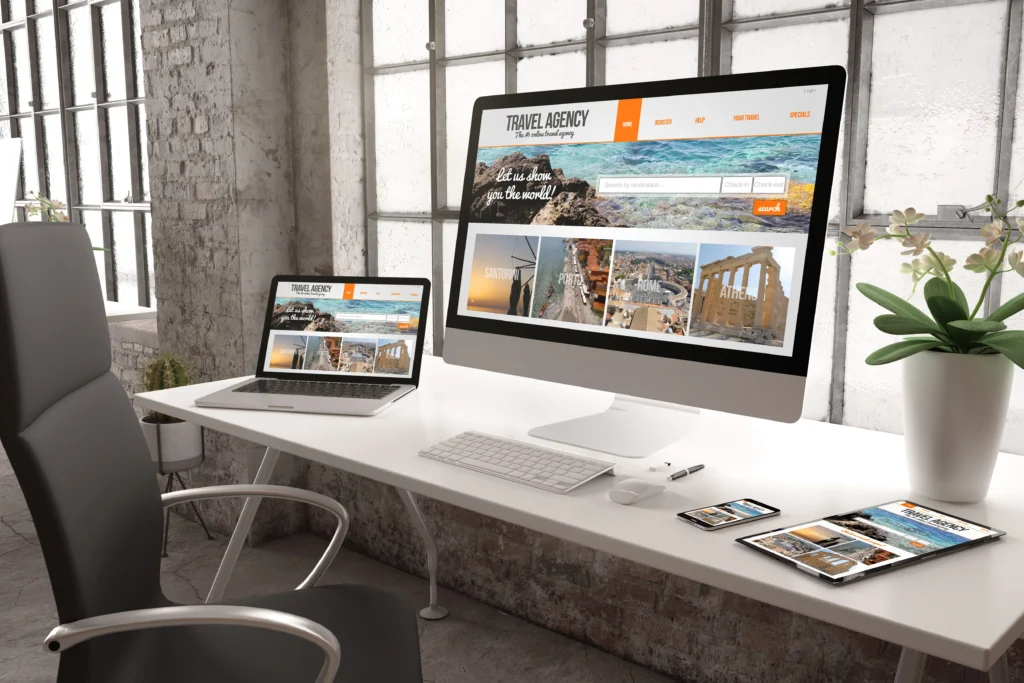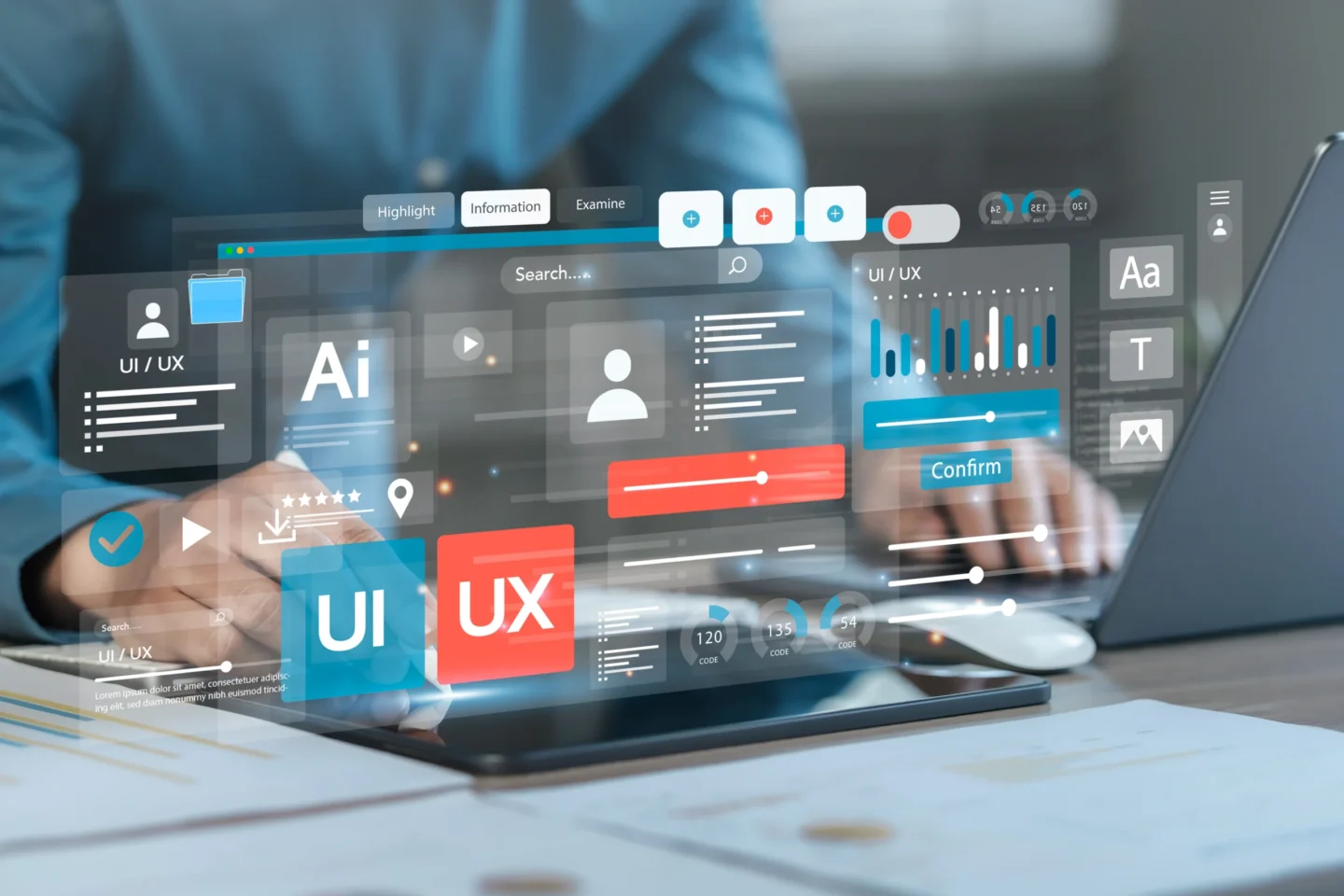
When it comes to search engine optimization (SEO), Marion, IL business owners often focus on keywords, backlinks, and fresh content. While those elements are certainly important, one of the most overlooked tools for boosting a site’s performance is internal linking. Proper use of internal links can improve user experience, strengthen SEO, and ultimately drive more conversions. Here’s how this simple strategy can deliver powerful results.
What Are Internal Links?
Internal links act as bridges, guiding visitors from one page of your website to another within the same domain. For instance, a blog post on home improvement tips could lead readers to a related services page. Unlike external links that direct visitors elsewhere, internal links keep them interacting with your content. At their core, internal links create a roadmap that guides both users and search engines through your content. When used thoughtfully, they build a structured, easy-to-navigate experience that highlights your most valuable pages.
Enhancing User Experience
The main reason to use internal links is to help visitors find what they’re looking for. A well-structured linking system makes it easy for people to explore your site without frustration. For instance, if someone lands on a blog post about “Best Plants for Shady Yards,” an internal link to your landscaping services page gives them a natural next step. Instead of hitting the back button or leaving the site, they follow your suggestion and stay engaged. The result? Longer session times, reduced bounce rates, and a greater likelihood that the visitor will take action, such as filling out a contact form or making a purchase.
Building Topical Relevance
Search engines like Google are constantly trying to understand what your Marion, IL business’s website is about. Internal links are crucial to that process. By linking related pages, you make it easier for search engines to understand the structure of your content. For example, if you run a law firm and link multiple blog posts about personal injury back to your main “Personal Injury Services” page, Google recognizes that page as an authority on the subject. Over time, this can help your most important pages rank higher in search results. Think of internal linking as creating clusters of content. Each cluster strengthens the topical authority of a core page, making it more visible to potential clients or customers searching for those services.
Distributing Page Authority
In SEO, not all pages are created equal. Some earn more backlinks, traffic, and authority than others. Internal linking spreads that “link equity” to other pages across your site. For example, suppose your blog post about “2025 Web Design Trends” has attracted multiple external links. By adding internal links from that post to your service pages, you help distribute the authority gained from those external links. This increases the ranking potential of pages that might otherwise have difficulty gaining visibility on their own. In other words, internal linking ensures that your strongest pages help lift up the rest of your website.
Improving Crawlability and Indexing
Search engines deploy crawlers—commonly known as “bots”—to locate and index your content. Internal links act as pathways for crawlers to navigate your site, and without them, some valuable pages could stay hidden from search engines. Adding strategic internal links ensures crawlers can efficiently move through your site and index every important page. This is especially useful for large websites or e-commerce stores with dozens or even hundreds of product pages. When search engines can easily find and index your content, your chances of appearing in search results increase dramatically.
Supporting Conversions
While SEO benefits are critical, internal links also help guide visitors toward conversion goals. Whether your objective is a phone call, a consultation request, or an online purchase, internal links can act as subtle prompts to move users closer to taking action. For example, in a blog post about “How to Prepare Your Roof for Winter,” you could include an internal link to your “Request a Free Estimate” page. This not only provides readers with valuable information but also gives them a direct path to becoming customers. In this way, internal linking is both a marketing and sales tool.
Best Practices for Internal Linking
To see real results, it’s important to approach internal linking strategically. Here are a few best practices:
- Use descriptive anchor text: Instead of writing “click here,” use specific, keyword-rich text like “our fencing installation services.”
- Prioritize important pages: Make sure your most profitable or high-value pages receive the most internal links.
- Keep it natural: Only add links where they make sense contextually—forcing links can frustrate readers.
- Don’t overdo it: Too many links in one section can dilute their impact. Aim for balance.
- Audit regularly: Review your site periodically to ensure links are still relevant and not broken.

The Long-Term Payoff
Internal linking is not a one-time fix but an ongoing strategy. Every time you publish a new blog post or add a new service page, you should look for opportunities to link it to existing content. Over time, this builds a robust internal network that improves SEO, enhances usability, and drives conversions. Think of your website as a city. Without internal links, your pages are like buildings standing without roads to connect them. Visitors and search engines alike get lost or leave altogether. But with well-planned links, you create a thriving, interconnected system where people can easily travel from one destination to the next.
If you are looking to get a powerful new website for your Marion, IL business, call Hometown Marketing Group for more information.



